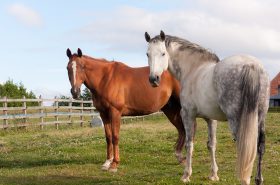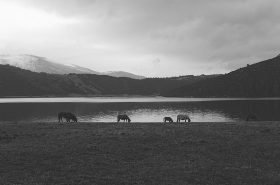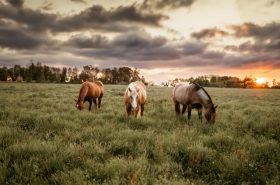I recently wrote a magazine article about the “Chickasaw horse”, a breed of historical horses developed by the Chickasaw Indian tribe, of which I happen to be an enrolled member. One of the most interesting things I learned in my research is that the Chickasaw horse is actually a forerunner of the American Quarter Horse. I had no idea!
Another thing I learned is that descendants of the Chickasaw horse still live in a few places in the U.S., one of them being on the Currituck Outer Banks of North Carolina. In fact, there, approximately 100 descendants of colonial Mustangs brought to North America by explorers some 500 years ago roam freely and are protected by law. This group of horses is referred to as the Corolla wild horses or Banker horses.
I’m personally fascinated by the fact that there are wild horses living on these remote beaches off of North Carolina. The area consists of a string of sand dunes and is separated from the mainland by large bodies of water called “sounds”. The Outer Banks are approximately 175 miles long, extending from the Virginia state line to below Cape Lookout.
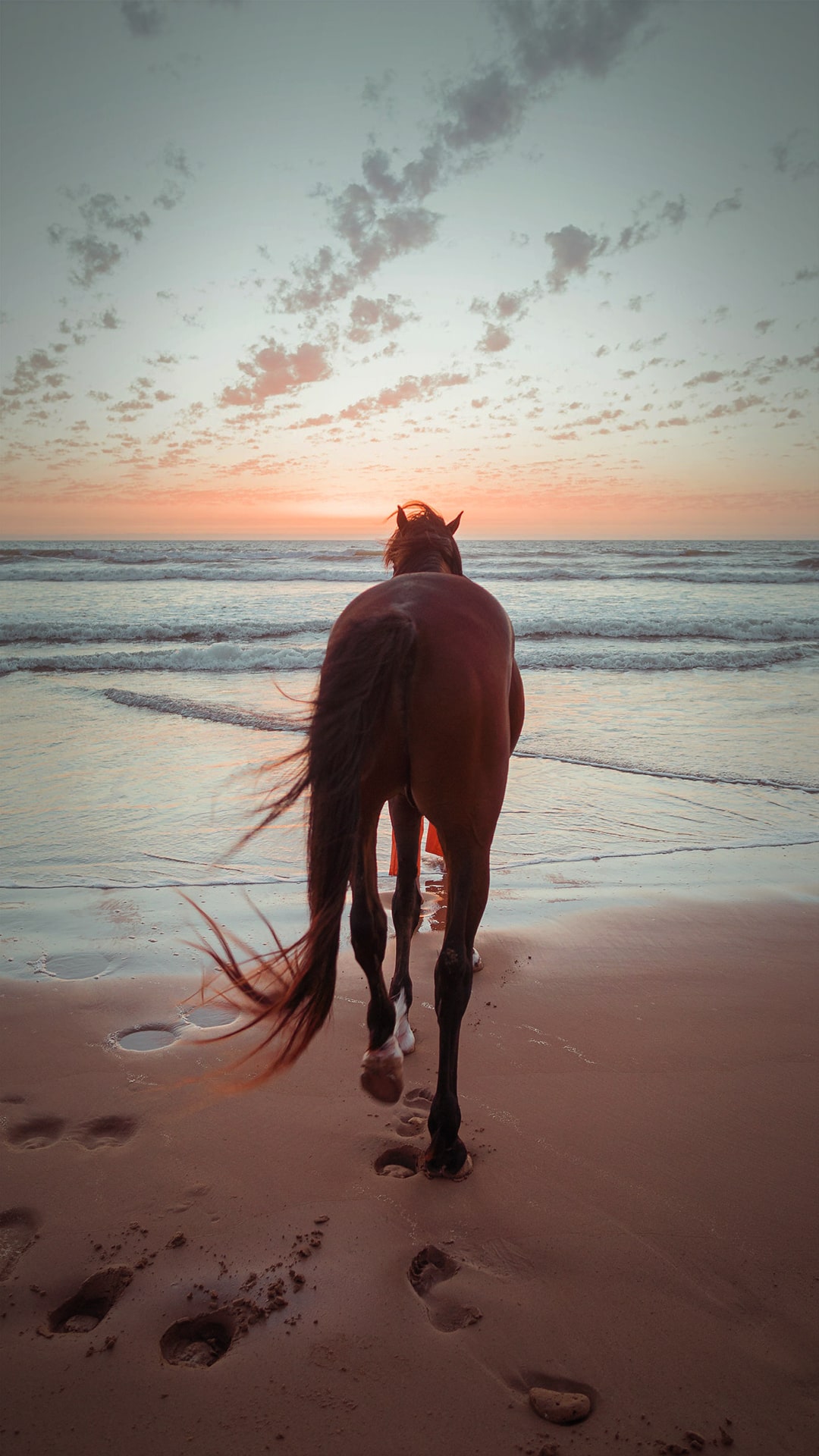
Traveling to the Outer Banks in order to see the Corolla wild horses is now on my bucket list! I’ve learned that there are guided tours or that you can venture out on your own—however the horses live in a remote location that isn’t accessible by car, so extensive hiking may be involved!
The Corolla Wild Horse Fund (CWHF) was established in order to protect, conserve, and manage the herd of Corolla wild horses, as well as to promote the continued preservation of the land as a permanent sanctuary for these horses.
The CWHF has a herd manager who is on call 24 hours a day, year-round, to respond to any emergencies. Horses that are severely ill or injured are removed and treated. Horses that have become too habituated to humans are also removed. Both of these situations are a last resort, but the CWHF has a facility where they keep rescued horses that need an “off-island” sanctuary. Once the horses have healed, some may be adopted out through their adoption program (which I so happened to write about in this article a while back!)
The CWHF is currently working to perform DNA research to create a detailed family tree of all the horses, which also promises to be fascinating. These horses truly are living pieces of American history.
If you’d like to learn more about the Corolla wild horses, you can visit the CWHF website. And if you’ve ever seen them in person, I’d love to hear about it!
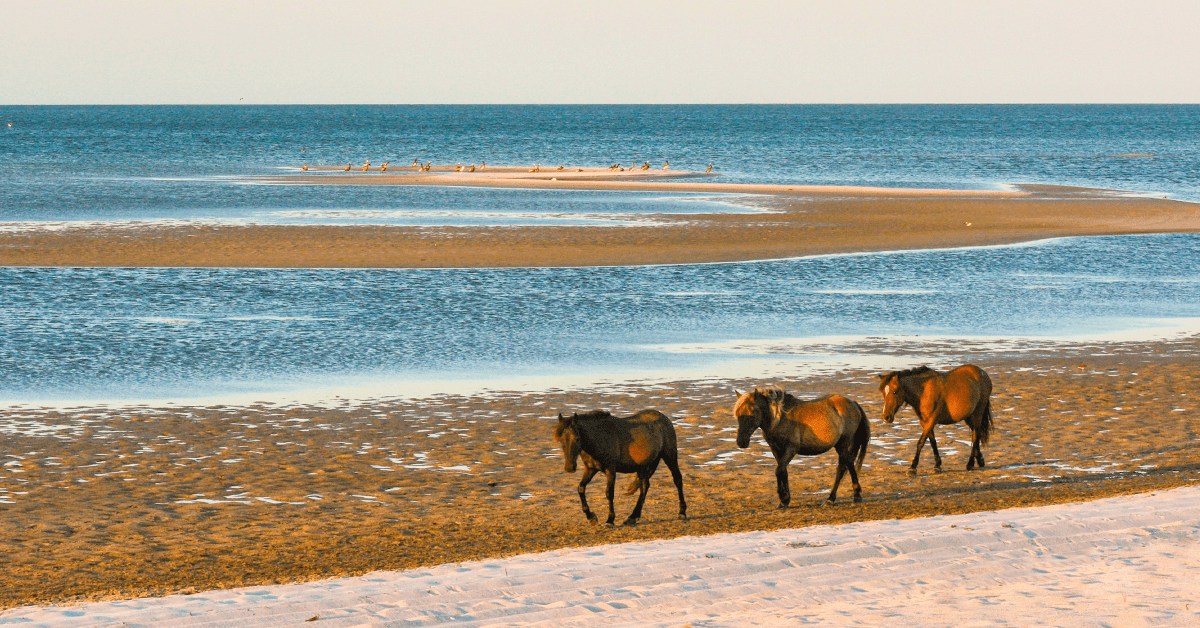
Enjoy this blog post? We think you may like Top 10 Best Beaches to Ride At by Emily Fought.

